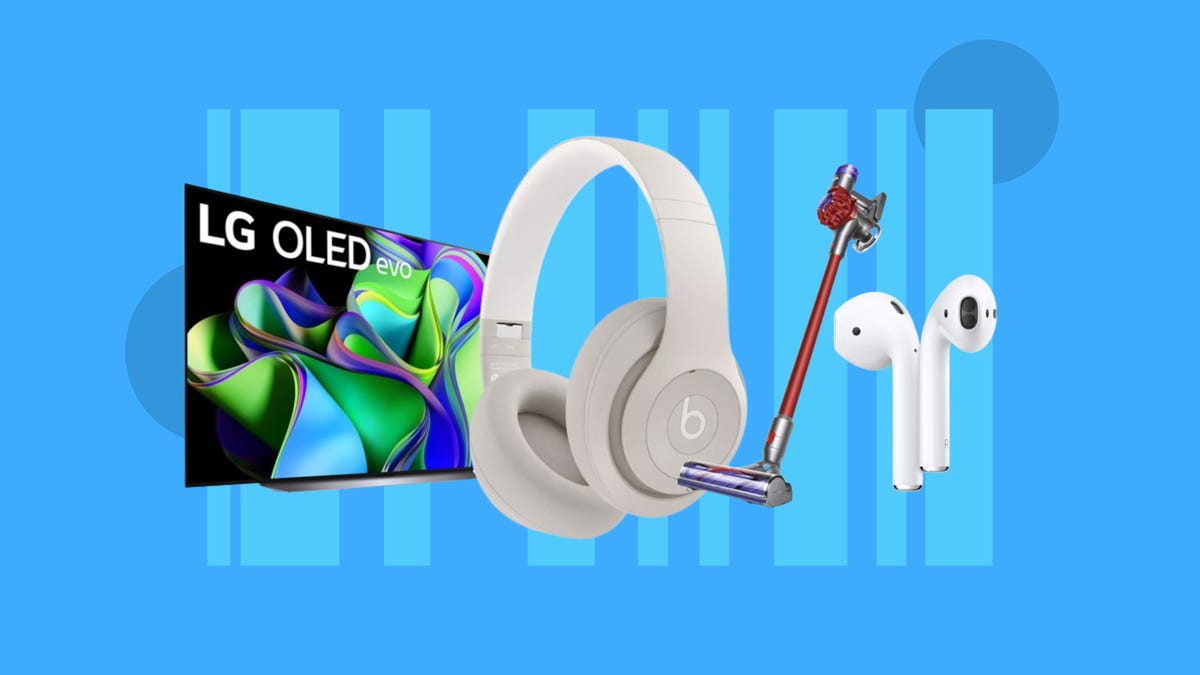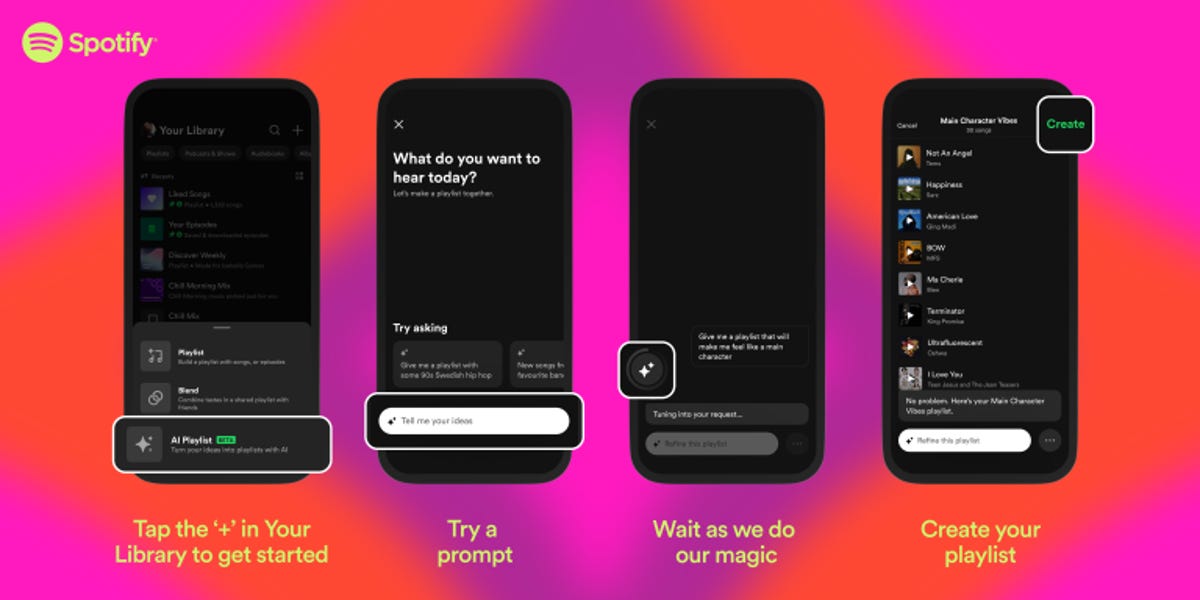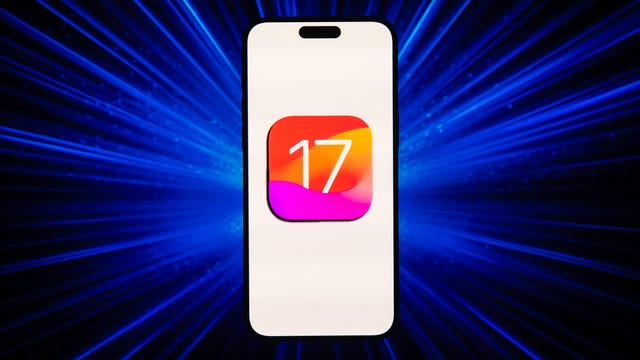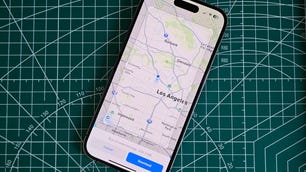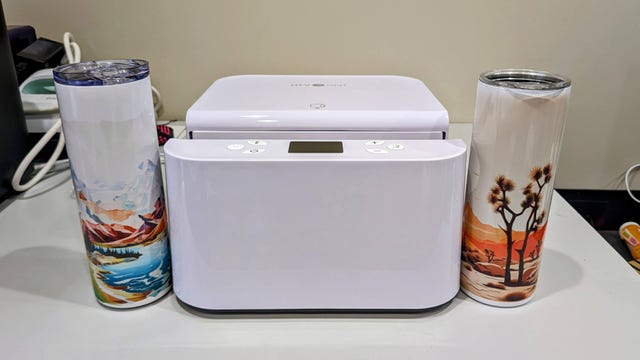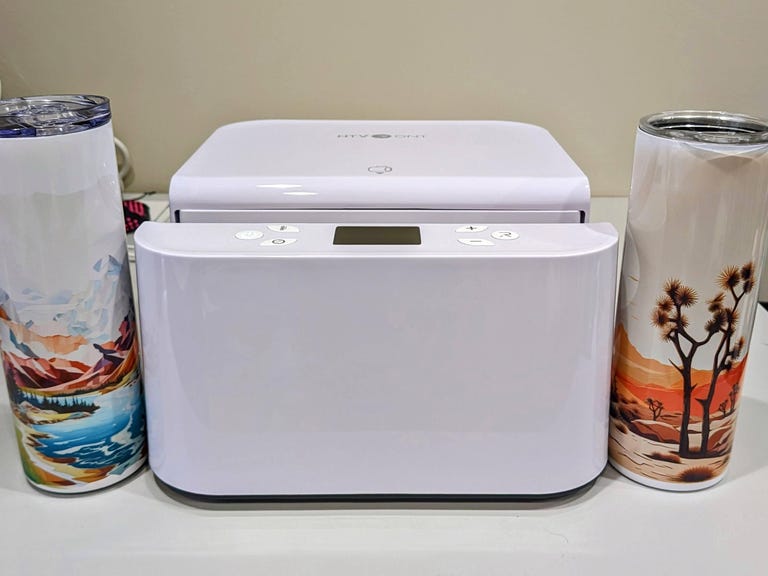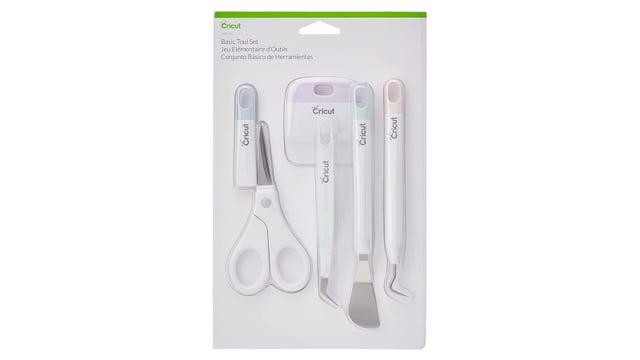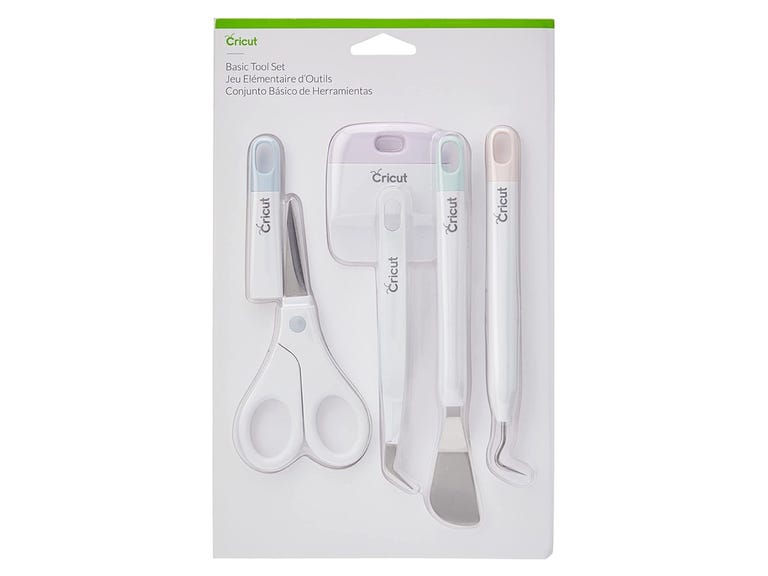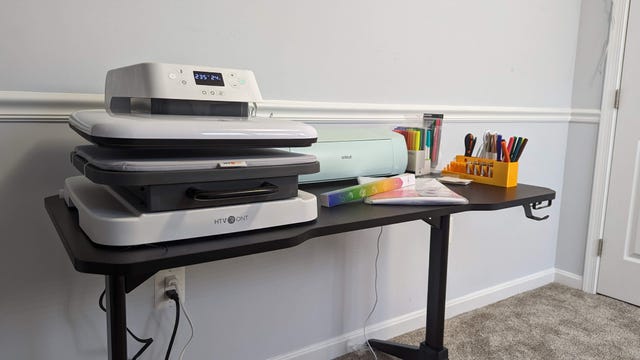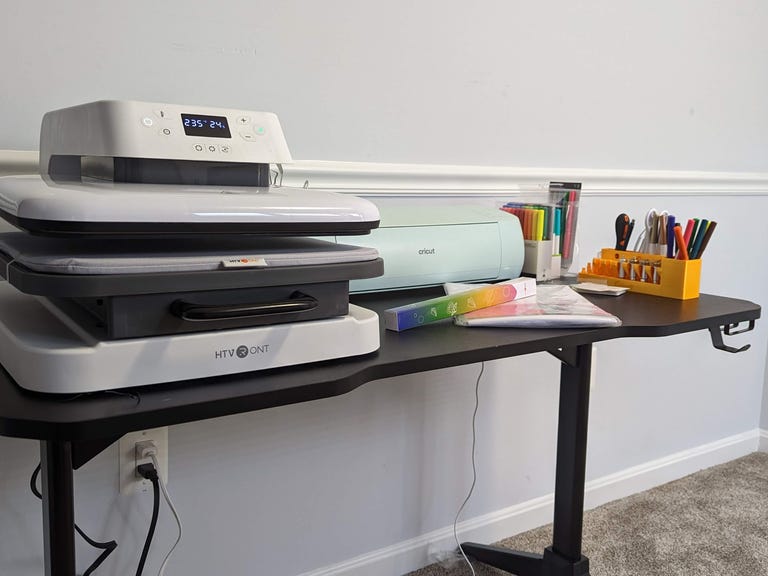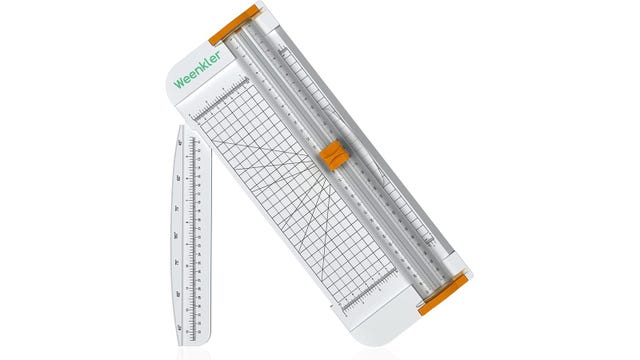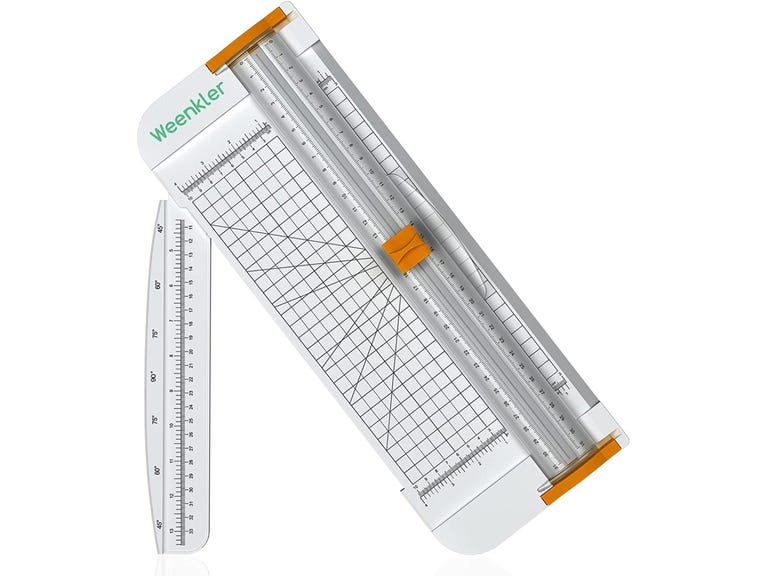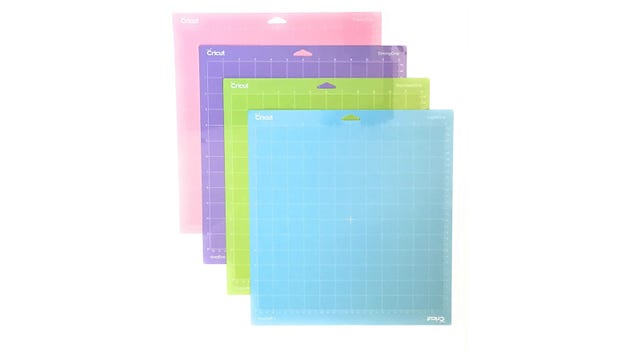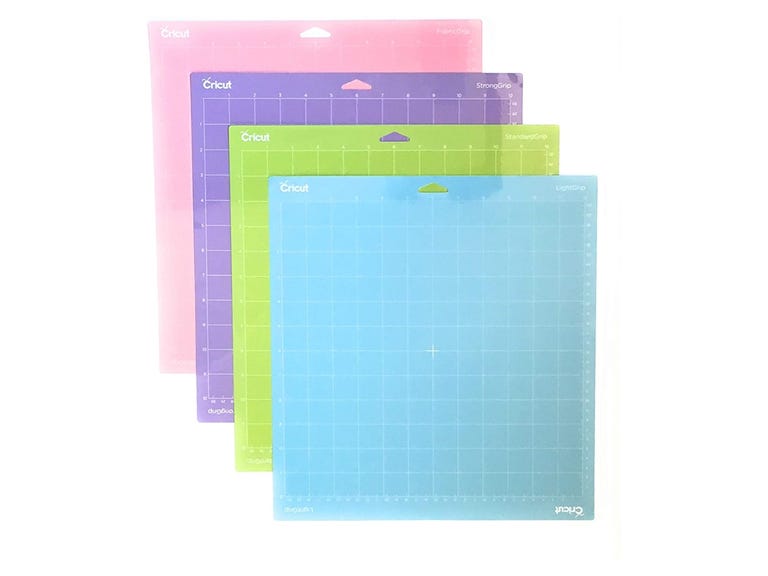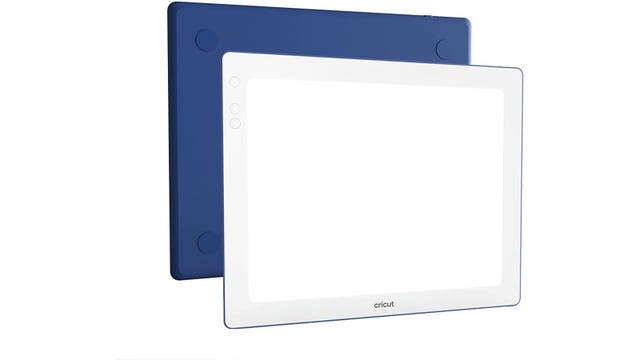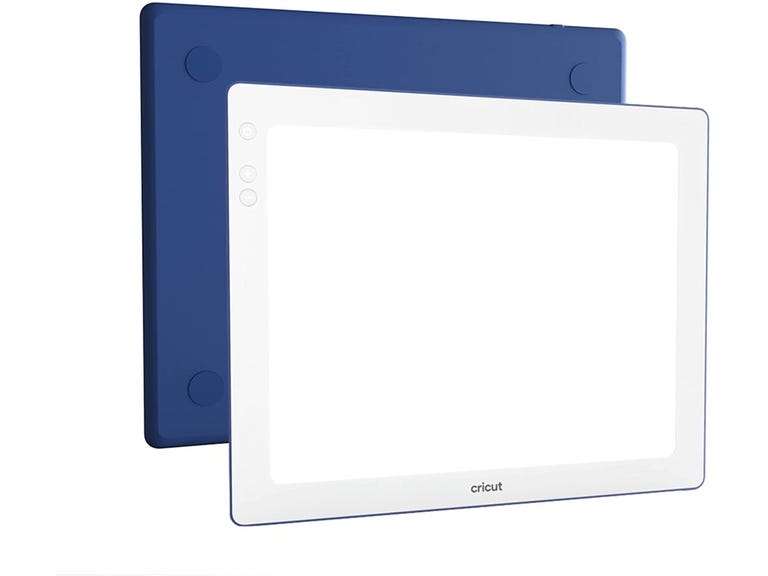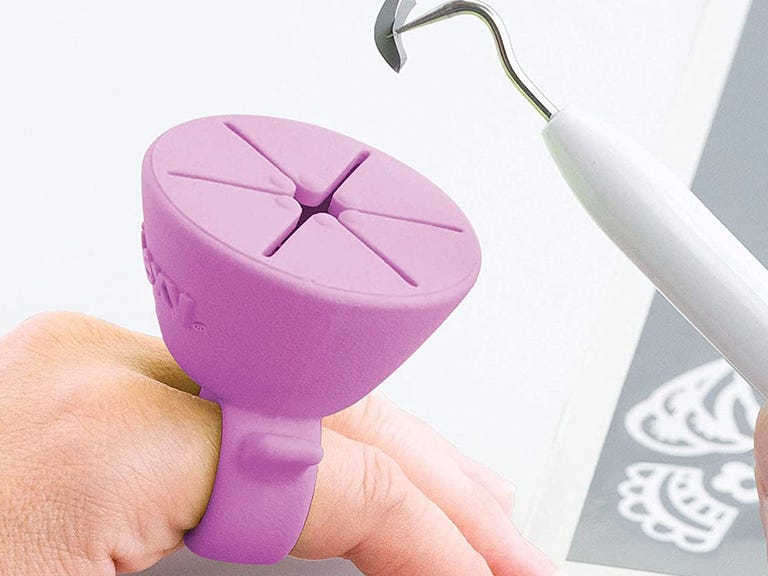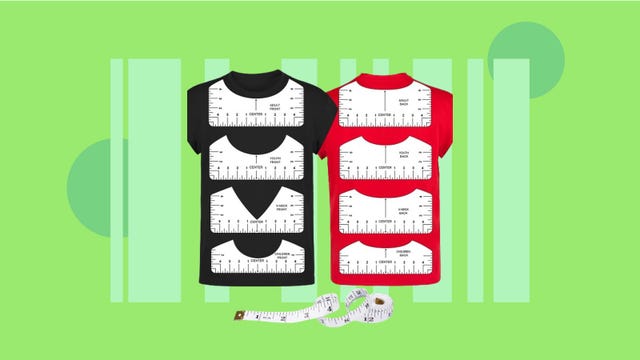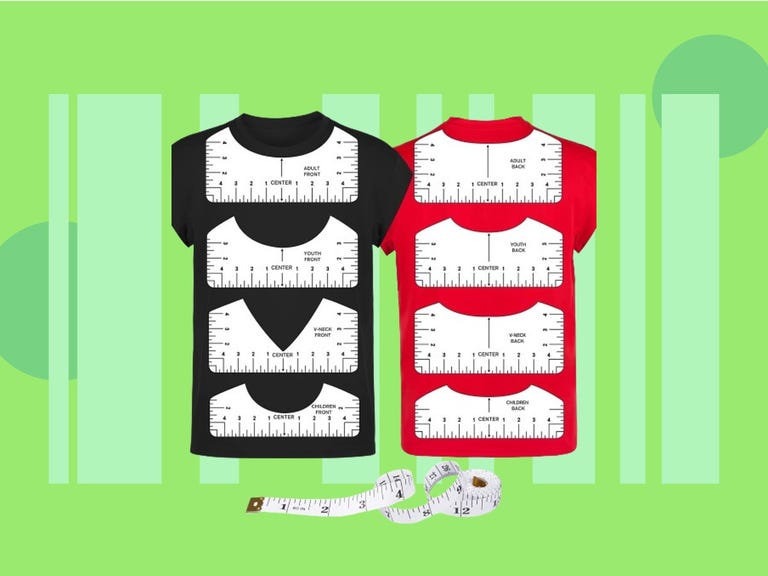Teen clothing brand Brandy Melville is the subject of a new HBO documentary with a not-so-subtle title: Brandy Hellville & the Cult of Fast Fashion.
The film, which will premiere on HBO and Max next week, taps former employees and executives to reveal more about the company, according to an HBO press release. The doc promises to uncover Brandy Melville’s “toxic culture” and the global consequences of fast fashion, according to the release.
“This place is not your conventional clothing company,” a woman says in the trailer. There’s then reference to the brand’s limited sizing. Later in the trailer, search results related to losing weight to fit into the brand’s clothes appear onscreen. Read on to find out what time the doc debuts, and how a VPN can help you stream it on Max.
When to watch Brandy Hellville & the Cult of Fast Fashion
In the US? You can watch the documentary on Tuesday, April 9. It’ll hit Max at 9 p.m. ET (6 p.m. PT). It’ll also air on HBO at 9 p.m. ET (6 p.m. PT).
How to watch the Brandy Melville documentary from anywhere with a VPN
Perhaps you’re traveling abroad and want to stream Max while away from home. With a VPN, you’re able to virtually change your location on your phone, tablet or laptop to access the movie from anywhere in the world. There are other good reasons to use a VPN for streaming, too.
A VPN is the best way to stop your internet service provider from throttling your speeds by encrypting your traffic. Using a VPN is also a great idea if you’re traveling and want to add an extra layer of privacy for your devices and log-ins when connecting to Wi-Fi networks. Streaming TV can be a bit smoother with a reliable, quality VPN that’s passed our tests and security standards.
You can use a VPN to stream content legally as long as VPNs are allowed in your country and you have a valid subscription to the streaming service you’re using. The US and Canada are among the countries where VPNs are legal, but we advise against streaming or downloading content on illegal torrent sites. We recommend ExpressVPN, but you may opt for another provider from our best list such as Surfshark or NordVPN.
Follow the VPN provider’s instructions for installation, and choose the United States, where the Brandy Melville doc will be streaming on Max. Before you open the streaming app, make sure you are connected to your VPN using your selected region. If you want to stream the documentary on more than one device, it’s possible that you’ll need to configure each one to ensure you are signed in. Go to settings and check your network connections to verify that you’re logged in and connected to your VPN account. Now you’re ready to open Max to stream.
If you run into issues with streaming, first make sure your VPN is up and running on its encrypted IP address. Double-check that you’ve followed installation instructions correctly and picked the right geographical area for viewing. If you still encounter connection problems, you may need to reboot your device. Close all apps and windows, restart your device and connect to your VPN first. Note that some streaming services will restrict VPN access.


